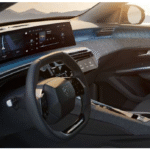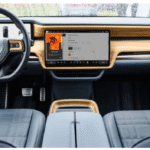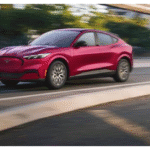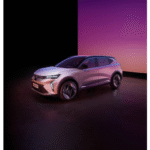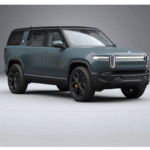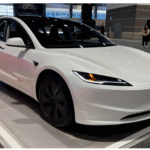Have you ever wondered why electric cars can be so fast, even compared to super‑fast gas cars? It’s not just about speed—it’s about torque, design, technology, and simple physics. Let’s dive in.
Instant Torque: What Makes Electric Vehicles Feel Like Rocket Ships
In gas-powered cars, the engine takes time to rev up and deliver power. But electric motors? They deliver maximum torque the instant you press the pedal—even at 0 RPM.
Think of it like your body: using your quick twitch muscles for an explosive sprint. Electric vehicles do the same with their motors. When you mash the accelerator, they surge forward instantly—providing a smooth yet powerful feel.
Why it matters: No gears, no lag, just instant acceleration—great for city driving and merging onto highways.
Simple, Direct Power Delivery
Electric cars usually use one-speed transmissions, sending power straight from the motor to the wheels. Unlike gas cars, which need multi-gear transmissions to stay in the optimal power band, electric vehicles keep it simple:
- One gear = zero shifting
- Smooth acceleration = no jerks
- Efficient drive = nearly 90% of battery power reaches the wheels
That efficiency makes electric vehicles quick off the line and easy to drive.
Efficiency: More Energy Turned into Power
Gas engines convert only 12–30% of fuel energy into motion; the rest is wasted heat and friction.
Electric vehicles? They convert up to 90% of their battery energy to moving the car. With fewer parts—no crankshafts or oil pumps—electric vehicles use energy better, making them feel stronger and greener.
Flat Torque Curve = Consistent Power
Gas engines have torque peaks—usually at certain RPMs. Electric vehicles have flat torque curves, meaning they deliver strong torque across all speeds.
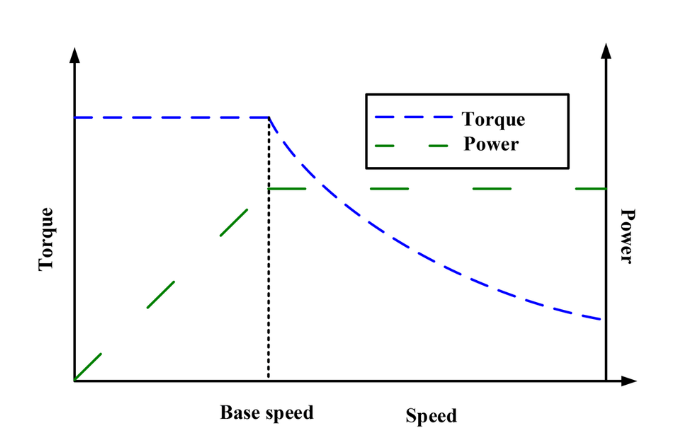
Typical Electric Vehicle Torque–Speed Characteristics
Source: https://www.researchgate.net/figure/Typical-EV-torque-speed-characteristics_fig1_327598179
That’s why electric vehicles zip through city streets and highways with the same eagerness—no need to rev up or shift gears to get power.
Direct-Drive Motors & Instant Throttle Response
Electric vehicles use direct-drive motor systems, which send power directly to the wheels without clutches or gear reductions. This keeps things efficient and makes acceleration responsive and linear.
Combine that with electronic speed control, and you’re accelerating with surgical precision.
Low Center of Gravity = Better Handling
Electric vehicle batteries lie flat and low in the chassis, creating a low center of gravity. That helps with handling, making electric vehicles feel planted and playful through corners—without compromising comfort.
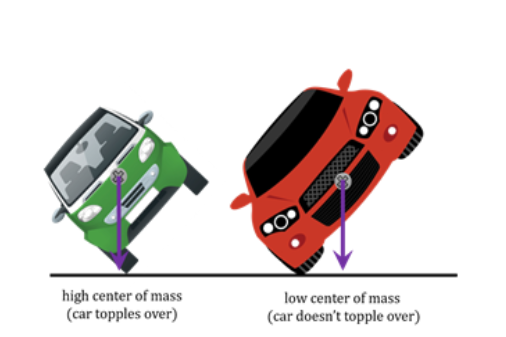
Source: https://www.quora.com/Why-are-cars-with-a-low-center-of-gravity-the-safest
Regenerative Braking: Energy on the Way Back In
When you brake, electric vehicles don’t waste all that energy. Instead, they use regenerative braking to capture motion and convert it back to electricity—slowly refilling the battery.
- Converts some energy that would otherwise be lost
- Smooths out deceleration
- Extends range (especially in stop-and-go traffic)
It’s not the main reason electric vehicles are fast, but it helps efficiency.
Dual- & Tri‑Motor Systems: Precision Control & Massive Power
High-performance electric vehicles use multiple motors to boost power and handling:
- Dual-motor = one on each axle, enabling AWD traction control
- Tri-motor = even more torque and grip
Independent wheel control = lightning-fast acceleration while staying stable.
Real‑World Examples: Electric Vehicles That Shock
- Tesla Model S Plaid: 0–60 mph in ~1.99 seconds. Three motors, instant torque.
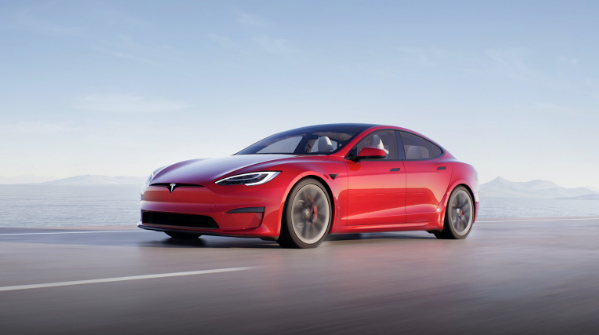
Tesla Model S Plaid
Source: https://ev-database.org/car/1405/Tesla-Model-S-Plaid
- Rimac Nevera: 1.85 sec to 60 mph, 1,914 hp via quad-motors.
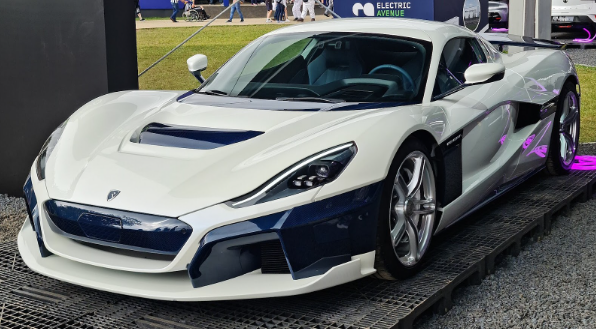
Rimac Nevera
Source: https://en.wikipedia.org/wiki/Rimac_Nevera#/media/File:Rimac_Nevera.jpg
- Porsche Taycan: Two-speed gearbox lets it stay efficient at both low and high speeds.
These are no longer niche—it’s mainstream performance now.
Why All This Power Matters
- Safety: Quick merging and faster overtakes make electric vehicles safer on highways
- Fun: Electric vehicle performance is thrilling yet smooth—like a cinematic ride
- Technology: Electric vehicle innovation pushes the entire auto industry forward
- Environment: Powerful doesn’t have to mean wasteful—the best electric vehicles combine strength with efficiency
Future Innovations: What’s Next?
- Axial flux motors: promise higher power density in smaller packages.
- Advanced battery chemistry: more power and lighter weight.
- Gearbox innovations: Porsche’s two-speed tech may spread further
Electric vehicles aren’t just fast now—they’re getting even faster, smarter, and more efficient.
Final Takeaway
Electric cars are so powerful because they combine:
- Instant torque from zero
- High efficiency with direct energy conversion
- Simplified drivetrains with fewer losses
- Low center of gravity for sharp handling
- Regenerative braking that boosts range
- Multiple motors for control and power
- Advanced tech in motors and batteries
These factors make electric vehicles responsive, quick, and a joy to drive—from neighborhood runs to 0–60 rushes.
